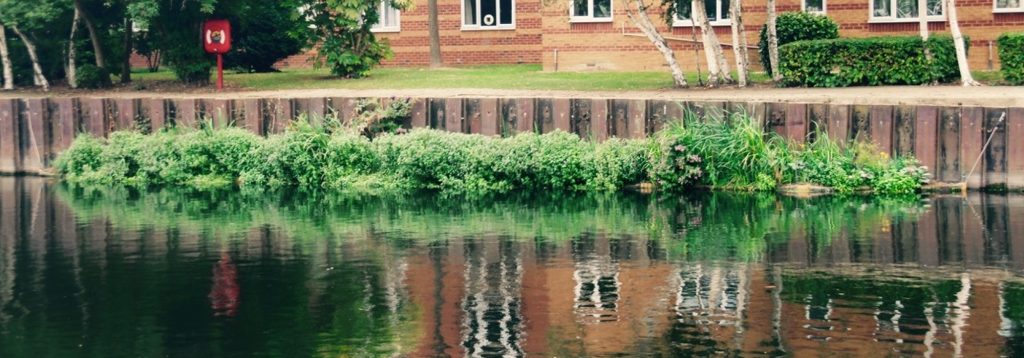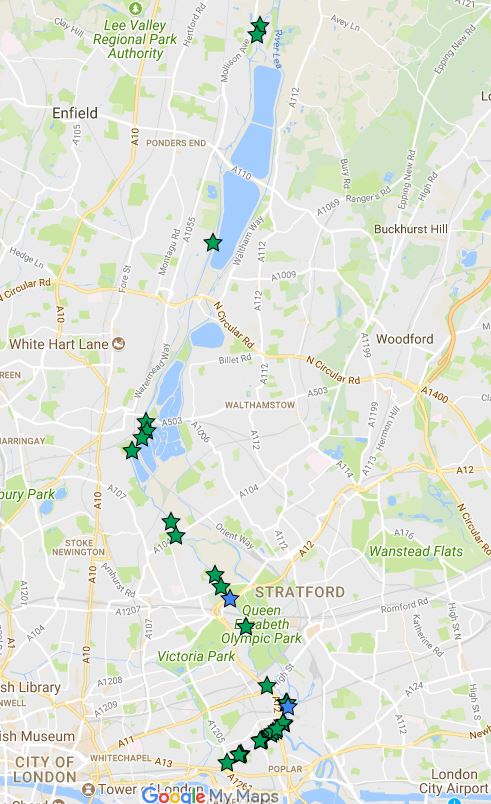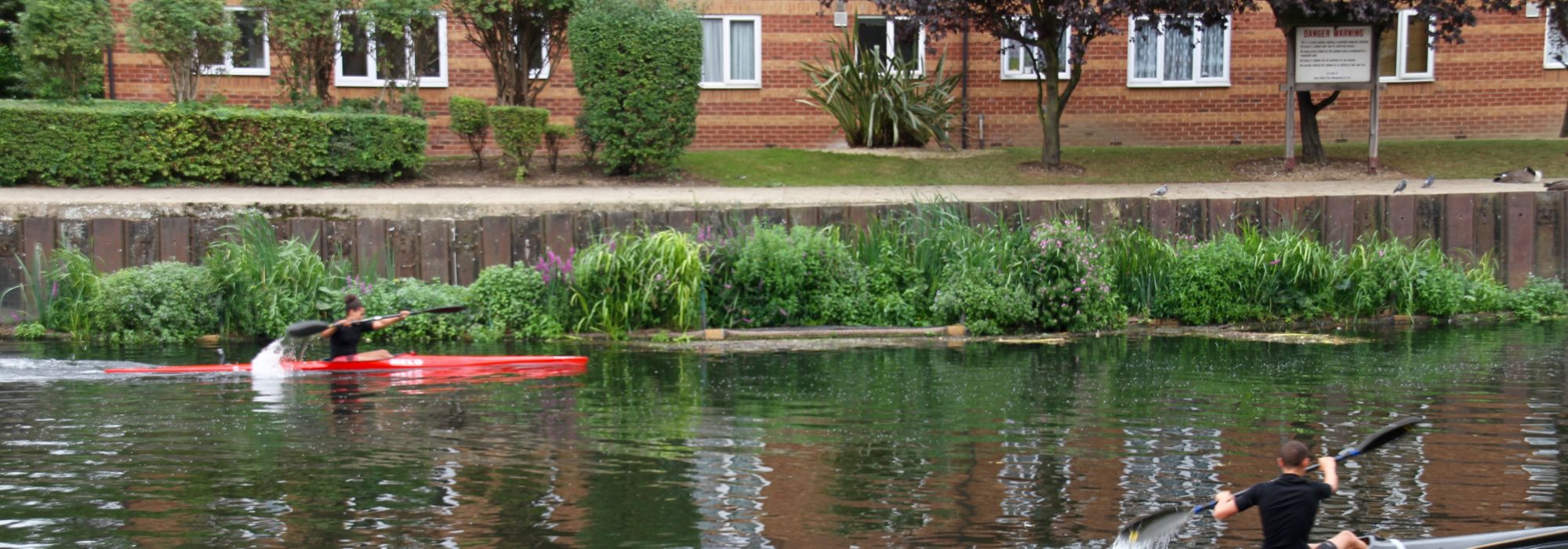Thames21 rewilds one of UK’s most polluted waterways
Thames21 staff and volunteers will install nearly 300 square metres of floating reedbed into London’s second river, the Lea, this autumn. Reedbeds will be created on eleven sites along the Limehouse Cut, which when complete, means the lower stretch of the river Lea will be more vegetated than it has been in decades, possibly centuries.
These latest reedbeds form part of the final stage of a green corridor stretching all the way from where the Lea meets the Thames, to the Queen Elizabeth Park. Between Thames21 and the London Legacy Development Corporation, 870 square metres of reedbed have been installed along this river corridor, supplementing existing reedbeds which formed naturally. In addition. Thames21 has installed just under a thousand square metres of floating reedbeds between the Olympic Park and the M25 since 2015.

The work means that the river Lea is becoming rewilded in its most urban sections, paving the way for it to become healthier – a signficant achievement for a river once described as the UK’s most polluted.
‘These are significant gains for this formerly neglected river,’ said John Bryden, Thames21’s Improving Rivers Manager. ‘None of this would have been possible without local people getting involved, voting on the locations, helping us install, and learning how to maintain these floating reedbeds. We aim to build on this and put in even more reedbeds in the future.’

The floating reedbeds consist of native flowering plants such as marsh marigold, purple loosestrife, flag iris, as well as the common reed Phragmites. They bring colour and boost biodiversity by attracting invertebrates such as damselflies and dragonflies. They provide wildlife habitat for wildfowl and places for fish to hide and spawn. Reeds can also boost the water quality around them by taking up nitrates and phosphates, overly present in polluted urban rivers.
The River Lea flows from the countryside of Hertfordshire to Bow Locks in East London, dissecting North and East London. It suffers from a number of pollution streams including raw sewage from misconnected plumbing and diffuse pollution from roads and agriculture higher up in the catchment. In its lower urban section where it has been canalised, options for naturalising the channel are limited. Floating reedbeds are a pragmatic way to green the grey.
Thames21 is expanding its Project Reedbed work elsewhere in London in 2018, with floating reedbeds going into Thamesmead, Regents Canal and the Grand Union Canal.
If you would like to get involved in the installation of new reedbeds, or help look after them into the future please see the Thames21 Events page: www.thames21.org.uk/events
Our Project Reedbed page has more information on reedbeds.
Go to our Training page for more information on the different types of training available.
Project Reedbed has been possible through kind support from HSBC Water Programme, Tower Hill Trust, London Legacy Development Corporation, Thames Water, Poplar Harca, Greater London Authority, Tesco Bags of Help, and the Environment Agency.
